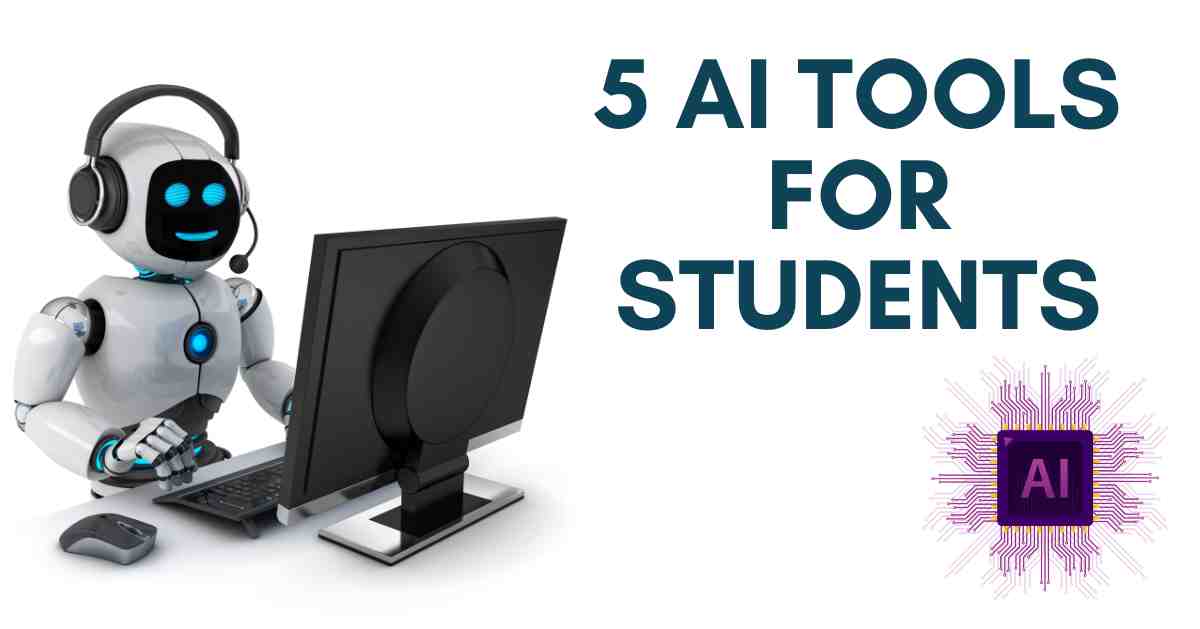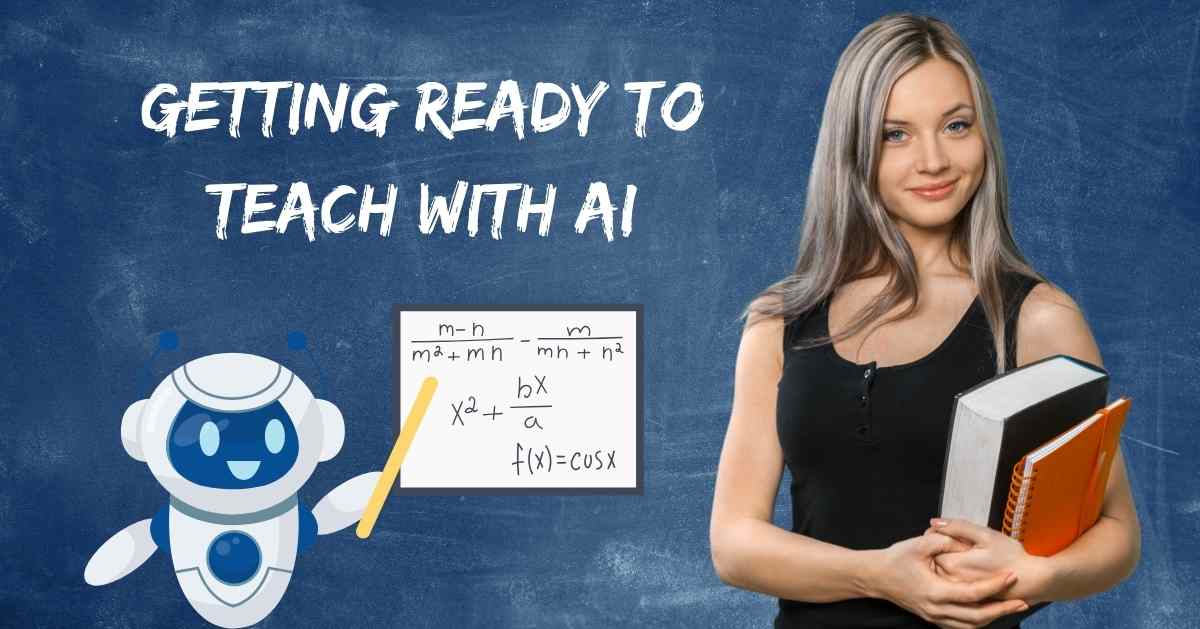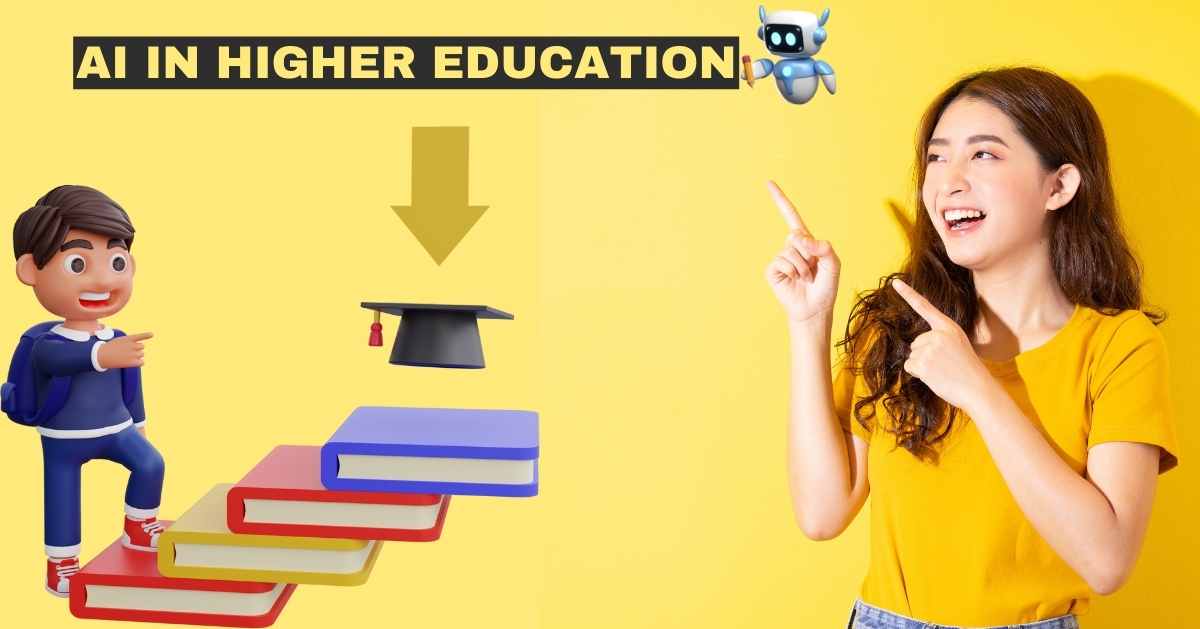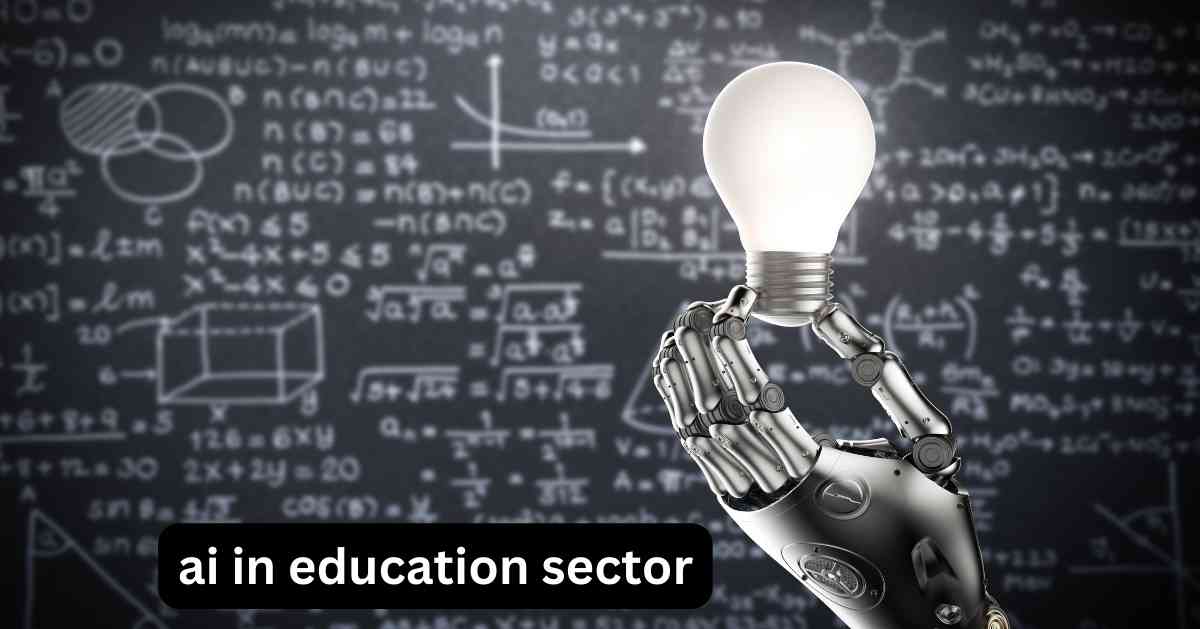AI in Education: Impact, Benefits, and Examples

Artificial Intelligence (AI) is no longer confined to science fiction—it’s reshaping the education landscape, promising to make learning more efficient, engaging, and accessible than ever before. From personalized learning experiences to instant feedback mechanisms, AI is revolutionizing how we teach and learn. Let’s delve into the impact, benefits, and real-world examples of AI in education.
Impact of AI on Education:
Personalized Learning: One of the most significant impacts of AI in education is its ability to tailor learning experiences to individual students. By analyzing vast amounts of data on students’ learning styles, preferences, and progress, AI algorithms can create personalized learning paths, ensuring that each student receives the support and resources they need to succeed.
Efficient Feedback Loops: Traditional assessment methods often involve lengthy grading processes, delaying feedback and hindering students’ ability to learn from mistakes. AI-powered assessment tools can provide instant feedback on assignments, quizzes, and tests, enabling students to identify areas for improvement in real-time and make timely adjustments to their learning strategies.
Enhanced Accessibility: AI technologies are breaking down barriers to education by providing accessible learning solutions for students with diverse needs and abilities. From text-to-speech and speech-to-text software for students with disabilities to translation tools for English language learners, AI fosters inclusivity and ensures all students have equal educational opportunities.
Benefits of AI in Education
Improved Learning Outcomes: By personalizing instruction, delivering timely feedback, and offering tailored support, AI is helping students achieve better learning outcomes and academic success.
Efficiency and Productivity: AI-powered educational tools streamline administrative tasks, such as grading assignments and organizing lesson plans, freeing up valuable time for educators to focus on teaching and mentoring students.
Engagement and Motivation: Interactive AI-driven learning platforms captivate students’ attention and foster a sense of curiosity and exploration, making learning more enjoyable and motivating.
Examples of AI in Education:
Adaptive Learning Platforms: Platforms like Knewton and DreamBox Learning use AI algorithms to adapt learning materials and activities to each student’s proficiency level and learning pace.
Intelligent Tutoring Systems: Programs such as Carnegie Learning and ALEKS provide personalized tutoring and remediation based on students’ responses to exercises and assessments.
Language Learning Apps: Apps like Rosetta Stone and Babbel leverage AI technology to deliver personalized language instruction, catering to individual learners’ strengths and weaknesses.
Step-by-Step Guide to Tutoring with AI and Technology
1. Tutoring
- Identify Student Needs: Assess the student’s strengths and weaknesses.
- Set Goals: Establish clear learning objectives.
- Choose the Right Tools: Utilize online platforms and resources.
- Regular Sessions: Schedule consistent tutoring sessions.
- Track Progress: Monitor and adjust the teaching plan as needed.
2. Personalized Learning
- Initial Assessment: Use diagnostic tests to determine student levels.
- Create Individual Plans: Design custom lesson plans based on the assessment.
- Use Adaptive Learning Tools: Incorporate software that adjusts to the student’s pace.
- Regular Feedback: Provide continuous feedback to the student.
3. Content Creation
- Understand the Curriculum: Familiarize yourself with the relevant syllabus.
- Gather Resources: Collect textbooks, articles, and multimedia materials.
- Create Materials: Develop lesson plans, worksheets, and presentations.
- Utilize Technology: Use tools like Canva or Google Slides for visual aids.
4. Grading
- Set Clear Criteria: Define what constitutes different grades.
- Automate Where Possible: Use software to grade multiple-choice and short-answer questions.
- Be Consistent: Apply the grading criteria uniformly.
- Provide Feedback: Offer constructive feedback along with grades.
5. Chatbots
- Define Purpose: Determine the chatbot’s role (e.g., answering FAQs, tutoring).
- Select a Platform: Choose a chatbot platform like Chatfuel or Botsify.
- Develop Responses: Create a database of potential questions and responses.
- Test and Refine: Regularly update and improve the chatbot’s responses.
6. Language Acquisition
- Interactive Tools: Use apps like Duolingo for engaging practice.
- Immersive Methods: Incorporate videos, music, and conversation practice.
- Grammar and Vocabulary: Focus on building a strong foundation.
- Consistent Practice: Encourage daily practice and real-life application.
7. Artificial Intelligence
- Understand AI Basics: Familiarize yourself with AI concepts.
- Use AI Tools: Implement AI-driven tools for personalized learning and grading.
- Stay Updated: Keep abreast of the latest AI advancements in education.
- Evaluate Effectiveness: Continuously assess how AI tools are benefiting the learning process.
8. Communication
- Effective Channels: Use emails, messaging apps, and learning platforms.
- Clear and Concise: Communicate instructions and feedback clearly.
- Regular Updates: Keep students and parents informed about progress and upcoming activities.
- Active Listening: Encourage and respond to student feedback.
9. Lesson Planning
- Set Objectives: Define clear goals for each lesson.
- Structured Format: Create a lesson plan with an introduction, main content, and conclusion.
- Interactive Elements: Include activities and discussions.
- Flexibility: Be prepared to adjust the plan based on student needs.
10. Test Prep
- Identify Key Areas: Focus on subjects likely to appear in tests.
- Practice Tests: Provide mock exams and past papers.
- Time Management: Teach students how to manage their time during tests.
- Review Sessions: Hold sessions to go over practice tests and clarify doubts.
11. Adaptive Assessments
- Use Technology: Implement adaptive testing software that adjusts difficulty based on student responses.
- Tailored Feedback: Provide personalized feedback based on performance.
- Monitor Progress: Use assessment data to guide future teaching.
- Continuous Improvement: Regularly update the assessment content.
12. AI in Examinations
- Proctoring Software: Use AI to monitor exams and prevent cheating.
- Automated Grading: Employ AI to grade exams quickly and accurately.
- Data Analysis: Analyze performance data to identify trends and areas for improvement.
- Ethical Considerations: Ensure the use of AI is fair and transparent.
13. Assessment
- Diverse Methods: Use quizzes, projects, and oral presentations.
- Clear Rubrics: Define criteria for grading each type of assessment.
- Continuous Feedback: Provide ongoing feedback to support student improvement.
- Self-Assessment: Encourage students to assess their own work.
14. Audiovisual
- Engaging Content: Use videos and audio to make lessons more engaging.
- Diverse Sources: Incorporate content from various sources like YouTube, podcasts, and documentaries.
- Interactive Elements: Include quizzes and discussions based on audiovisual content.
- Accessibility: Ensure content is accessible to all students, including those with disabilities.
15. Duolingo
- Set Up Accounts: Help students create Duolingo accounts.
- Daily Practice: Encourage regular use of Duolingo for language learning.
- Track Progress: Monitor students’ progress through the app.
- Supplemental Activities: Combine Duolingo with other learning activities like speaking practice.
[Also Read: Top 10 Disadvantages of AI in Education Explained Clearly]
Conclusion
AI is not just a buzzword in education—it’s a transformative force reshaping how we teach and learn. By harnessing the power of AI, educators can create more personalized, accessible, and engaging learning experiences that empower students to reach their full potential. As we embrace the AI revolution in education, we can look forward to a future where every learner has the opportunity to thrive.






